Latinx Files: Uvalde, one year later
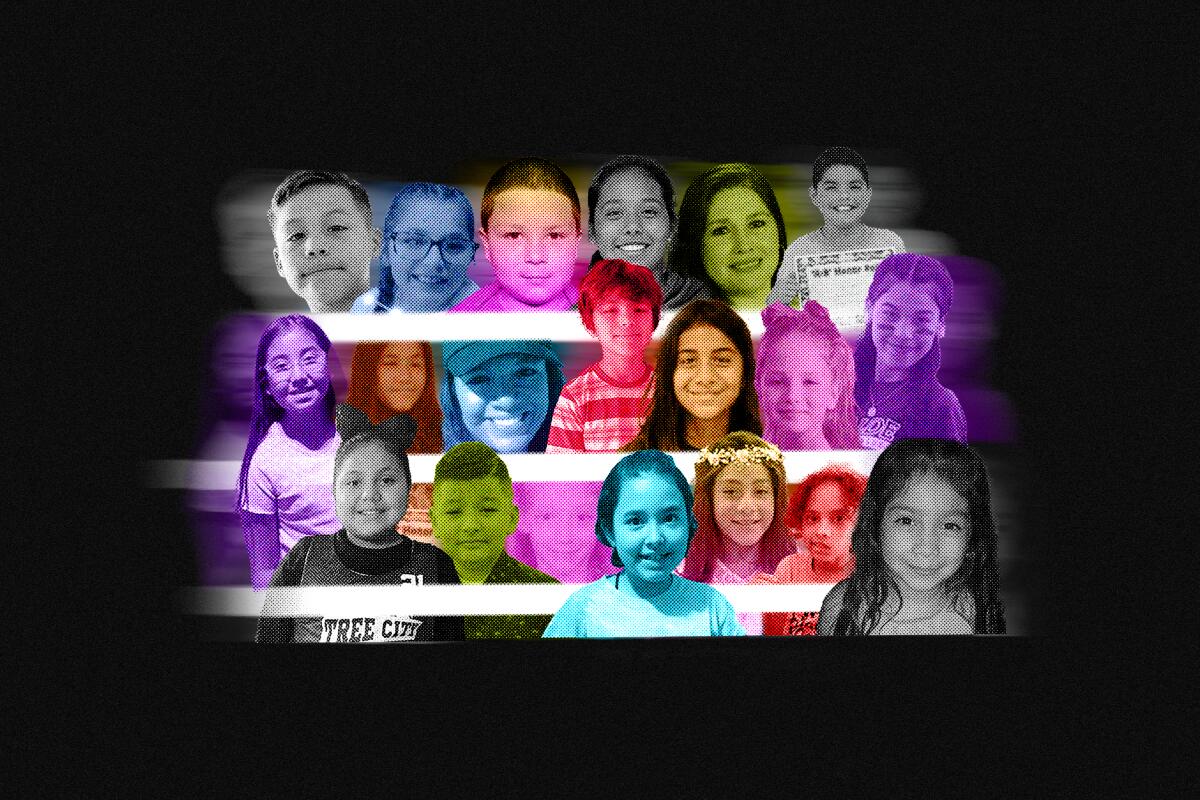
Wednesday marked one year since an 18-year-old entered Robb Elementary School in Uvalde, Texas, with a legally purchased AR-15-style rifle and killed 19 fourth-graders and two teachers. This horrific tragedy remains the deadliest school shooting in Texas history.
What has changed since?
The knee-jerk response would be to say that nothing has really changed. Though a modest, bipartisan federal gun control bill was passed in the wake of the mass shooting — a chief provision was the closure of the so-called boyfriend loophole — the Republican-led Texas Legislature has done next to nothing to prevent another Uvalde from happening. A state bill championed by the victims’ parents that would raise the minimum age to buy AR-style rifles from 18 to 21 cleared a key committee vote this month, but that was a short-lived victory. The bill has yet to be scheduled for a full House vote, and will probably not pass.
And then there are the cops.
The initial narrative that emerged that day was that the law enforcement response was a heroic one. The good guys with guns — nearly 400 of them — took out the bad guy with the gun. Texas Gov. Greg Abbott wasted no time in praising their bravery.
A year later, we know that’s not what happened. In July 2022, a Texas House of Representatives special committee found that the response was an abject failure, and placed blame on local, state and federal agencies. Even worse, there has been very little accountability or consequences as a result of this collective dereliction of duty.
On Wednesday, the Washington Post reported that at least seven officers “who stalled even as evidence mounted that children were still in danger” were still employed. One even received a commendation. (In addition to this damning report, the Washington Post also posted a 30-minute YouTube video that uses body-camera footage and 3-D graphics to create a detailed account of the 77 minutes that elapsed between the arrival of the responding officers and when the shooter was finally neutralized. I should warn you, though, the levels of cowardice displayed will boil your blood.)
The Latinx experience chronicled
Get the Latinx Files newsletter for stories that capture the multitudes within our communities.
You may occasionally receive promotional content from the Los Angeles Times.
But to say that nothing has changed in the year since this tragedy would be incorrect. More importantly, it would be a disservice to the families and friends of the victims. Their lives have been irreparably altered by incalculable loss.
In preparation for this week’s newsletter, I revisited the story ESPN’s Roberto José Andrade Franco wrote last summer that focused on the family of Tess Mata, one of the victims. I was particularly struck by this part:
In the days after, the Matas found a TikTok account Tess kept hidden because she wasn’t allowed to have one. The account had over 200 unpublished drafts of Tess smiling and talking, dancing and laughing. Along with the selfies she took on Veronica and Jerry’s phones when they weren’t looking, Tess left them a sort of digital diary that they can look at whenever they miss her too much.
Jerry thanks God for that. He says that’s helped. He says they’ll probably always have anger about the police, and the lack of gun control, and everything else, but that won’t bring Tess back. They hold each other. They laugh and smile whenever he, or Veronica, or Faith, talk about Tess. But because some moments are easier than others — moments when all of them think leaving might just be easier — sometimes those same memories make them cry.
Uvalde itself has forever changed.
Since last year, 21 murals celebrating the life and joy of the victims were painted throughout the South Texas town by artists from around the state — you can view them all and read the accompanying artist statements on the Smithsonian Institution’s website. The city also plans to demolish Robb Elementary School later this year.
It’s not just physical alterations to the city landscape. On Wednesday, the New York Times published a report by Edgar Sandoval and J. David Goodman that highlighted how last year’s tragedy has fractured the town. A community once brought together by grief has since been divided into a camp that refuses to forget what happened and another that wishes to move on.
So what has changed? Everything and nothing.
On the micro level, the once-sleepy South Texas town will forever grapple with what happened a year ago. Unless they move, those who lost a loved one that day have to share public space with the very cops who waited for more than an hour before doing their job.
But at the macro level, nothing has really changed. After all, the conditions that allowed for a tragedy like Uvalde to take place remain largely the same. We’ve seen this movie over and over again, and it’s only a matter of time before another tragedy like Uvalde takes place.
Consider subscribing to the Los Angeles Times
Your support helps us deliver the news that matters most. Become a subscriber.
Things we read this week that we think you should read
— In commemoration of the one-year anniversary of the Uvalde shooting, the Houston Chronicle and the San Antonio Express-News created an interactive page where readers can view profiles for each of the 21 people who died that day.
— For the Athletic, Mario Cortegana and Dermot Corrigan wrote about the racism that Brazilian soccer star Vinícius Júnior, who plays for Spanish club Real Madrid, has recently faced from La Liga fans and the Spanish media. Vinícius, who has recently received support from Brazil’s president and some fellow footballers, expressed that he has felt alone and unsupported by his club as racist insults are hurled at him.
— Vanity Fair’s Julianne Escobedo Shepherd spoke with actor Aubrey Plaza about the moment she is having, growing up in a bicultural household, the importance of a diverse spectrum of Latinx representation and more. The piece includes a shout-out to a March edition of this very newsletter that Suzy Exposito wrote in praise of moody, deadpan Latinas following Plaza’s appearance at the Screen Actors Guild Awards.
— The Times’ Alejandro Maciel wrote about scholarships’ important role in paving a road for aspiring Latinx STEM university students. Plus, how people like IOScholarships founder María Fernanda Trochimezuk are helping bridge the gap between promising students and high-paying STEM careers through her foundation.
— In a guest column for The Times, author/journalist/Spurs fan/showrunner Shea Serrano discussed what it was like to have his show, “Primo,” premiere last week — in the midst of the writers’ strike. “I’m bummed that the strike had to happen, but also I’m proud that the strike is happening. And what I mean is: Writers are wildly important,” Serrano writes.
— QEPD Tina Turner. The music legend passed away at the age of 83 on Wednesday. I’ll never forget the first time I saw her perform “Proud Mary” — simply the best.
And now for something a little different...
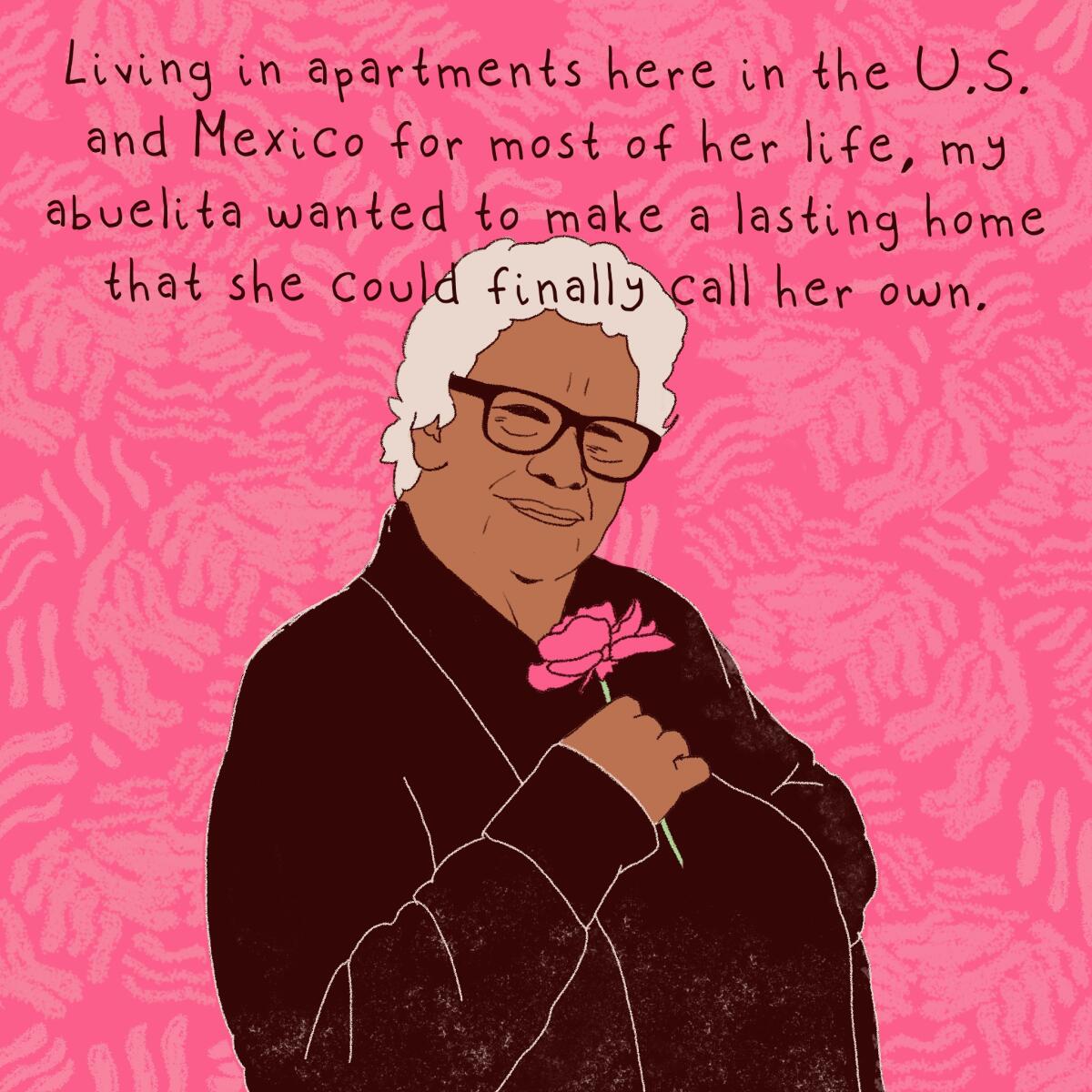
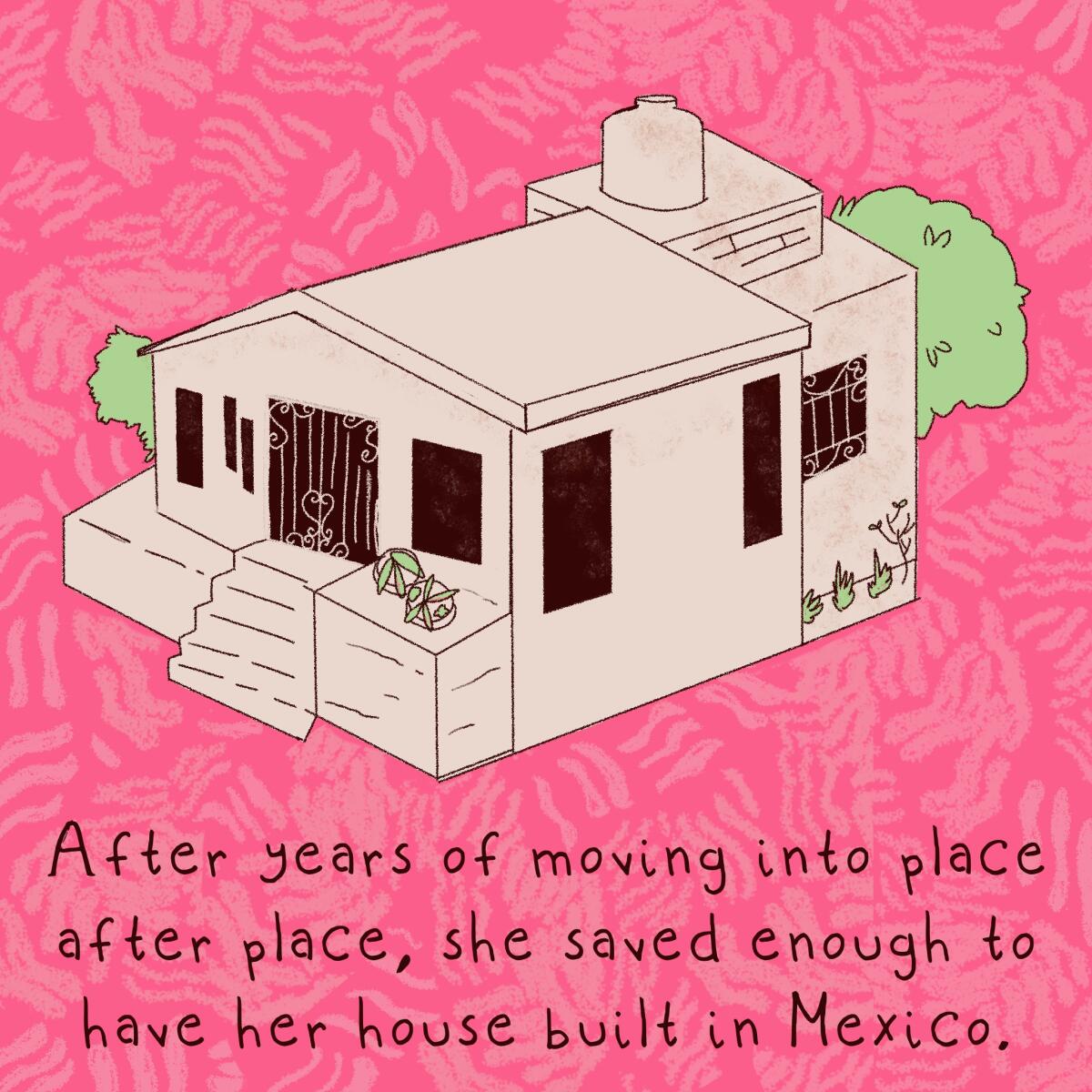

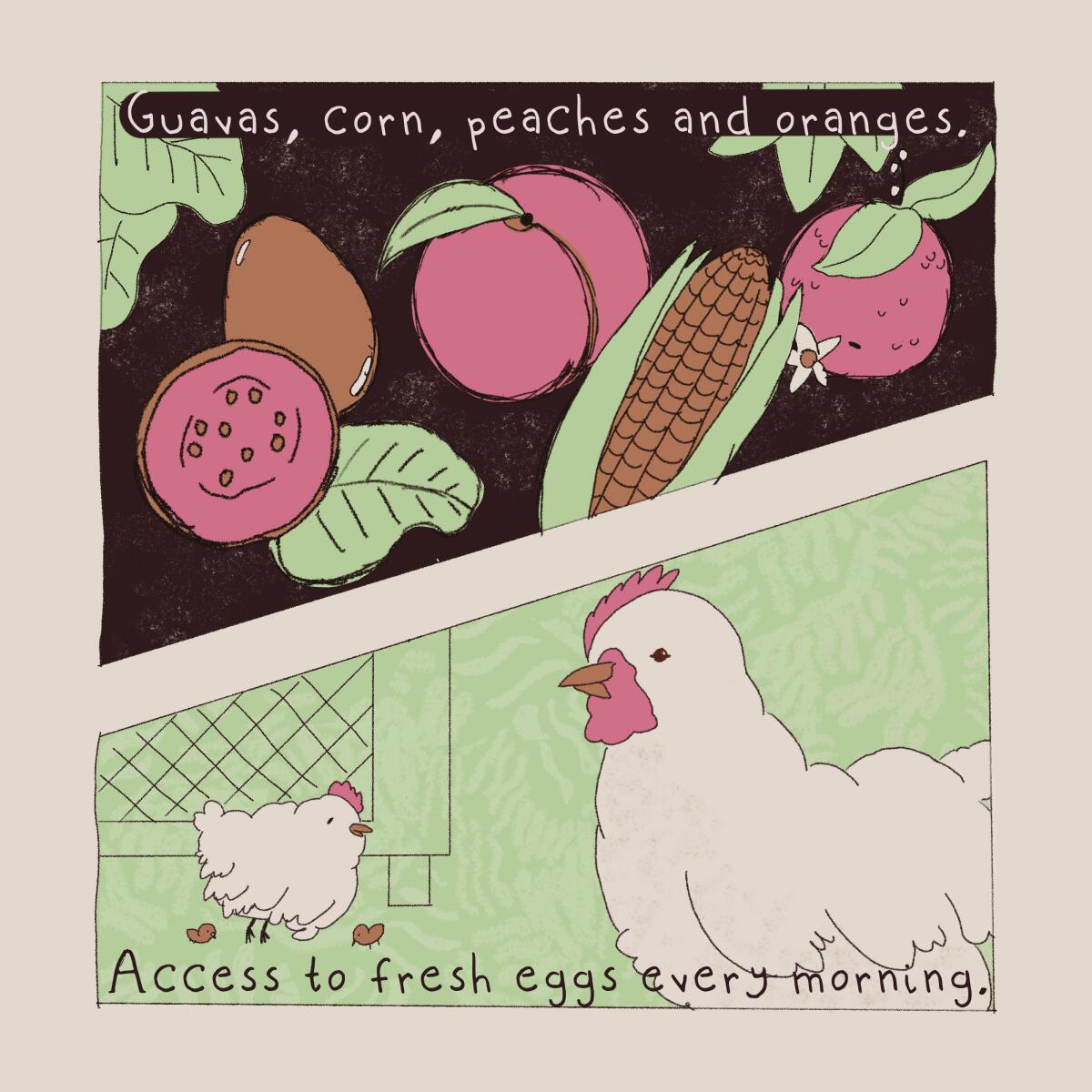
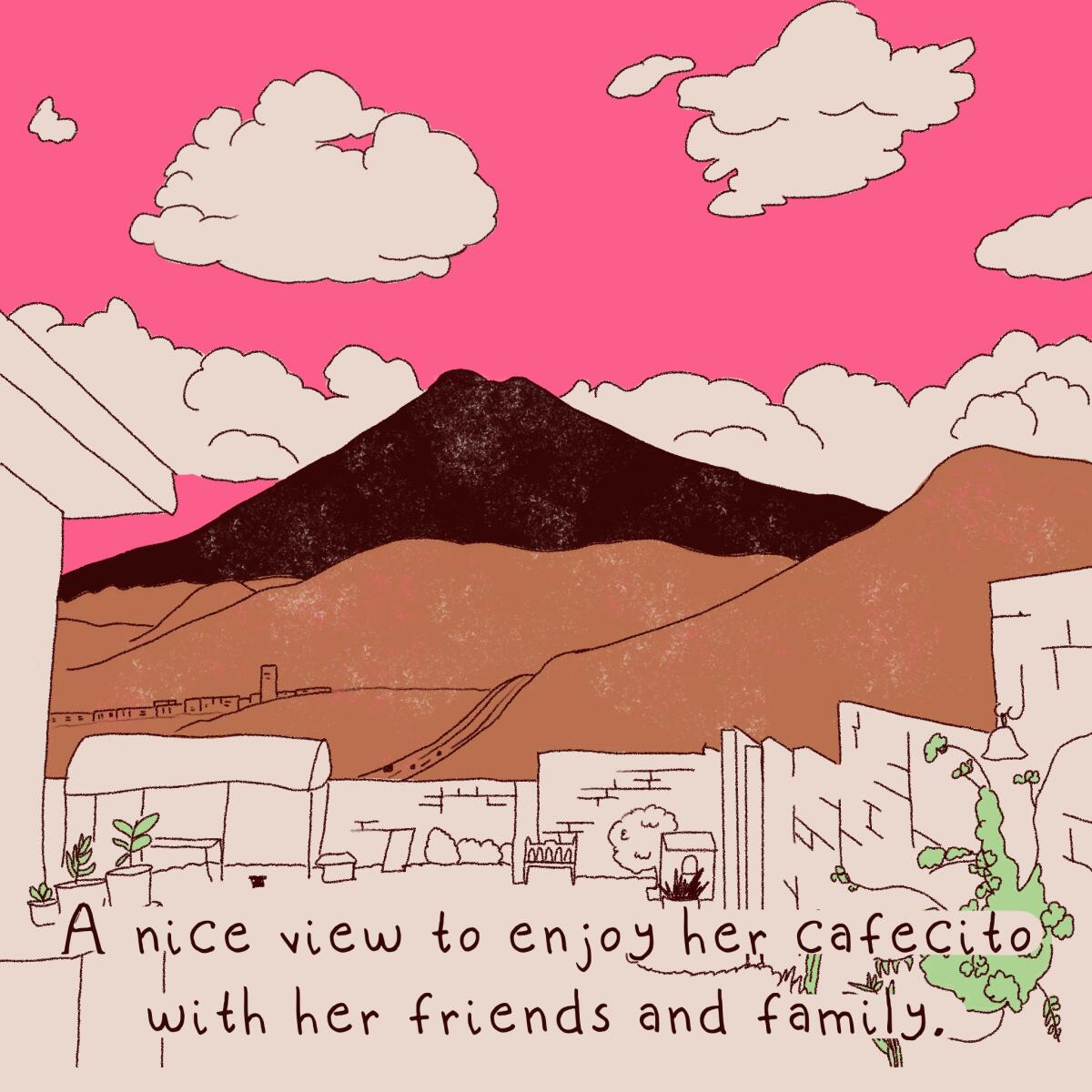
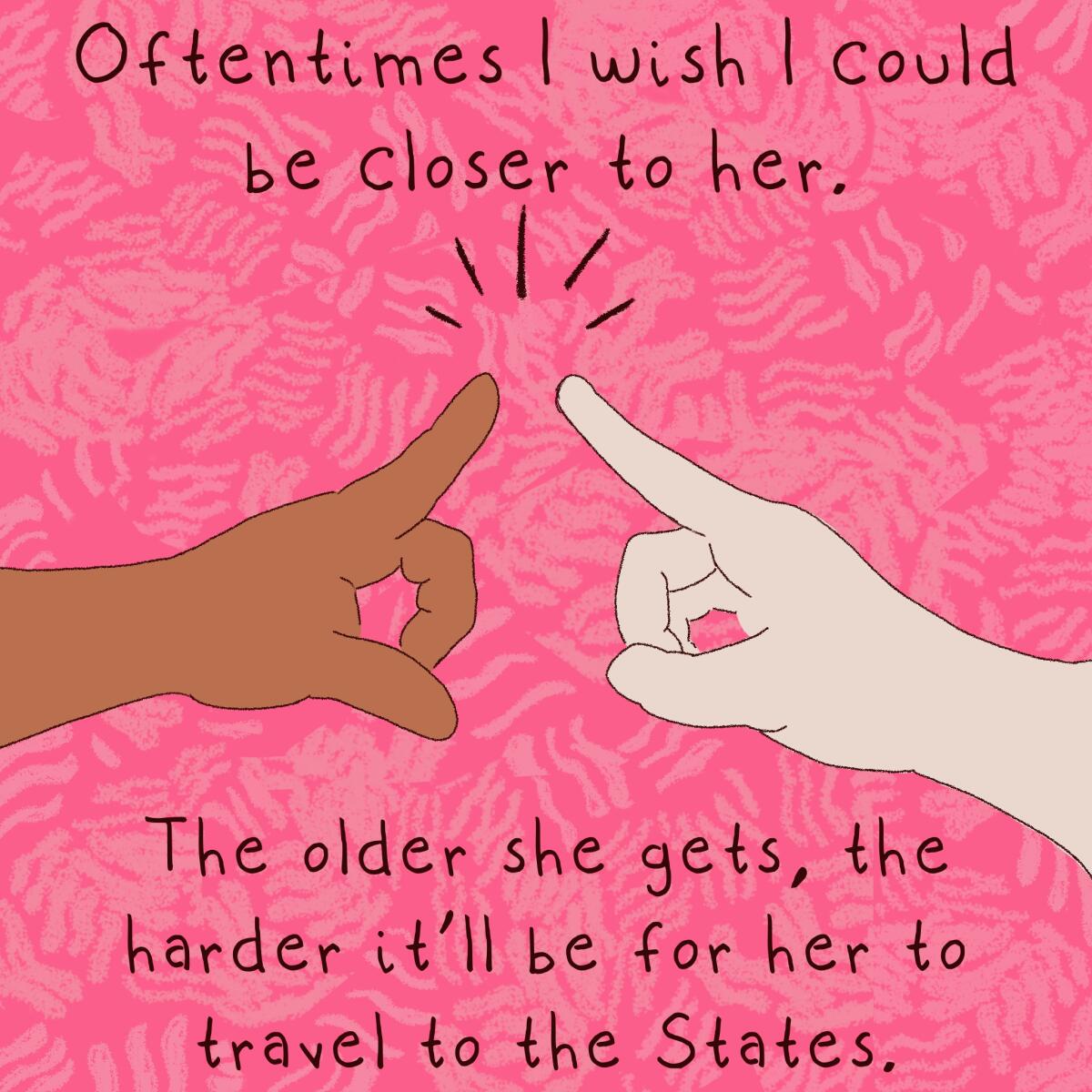
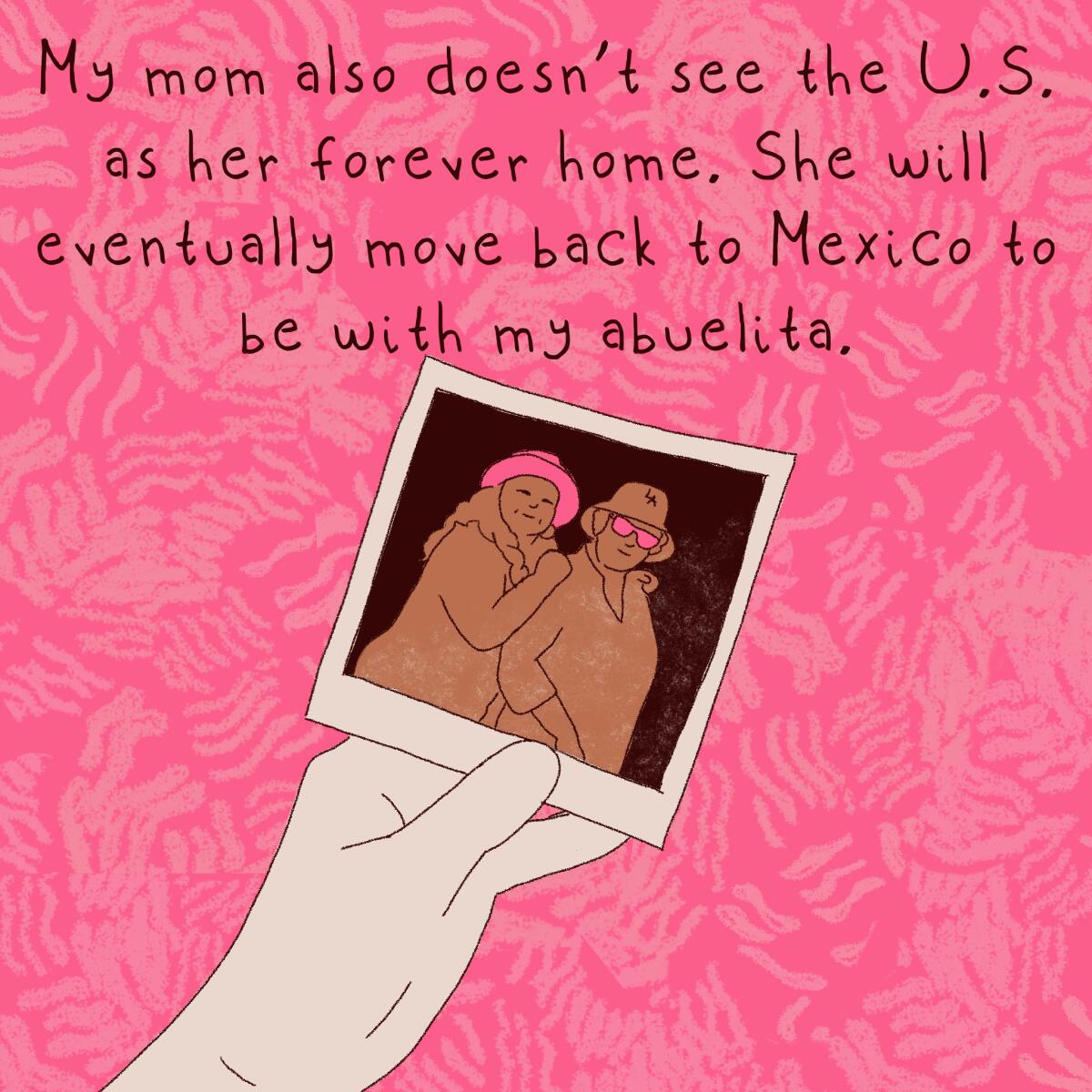

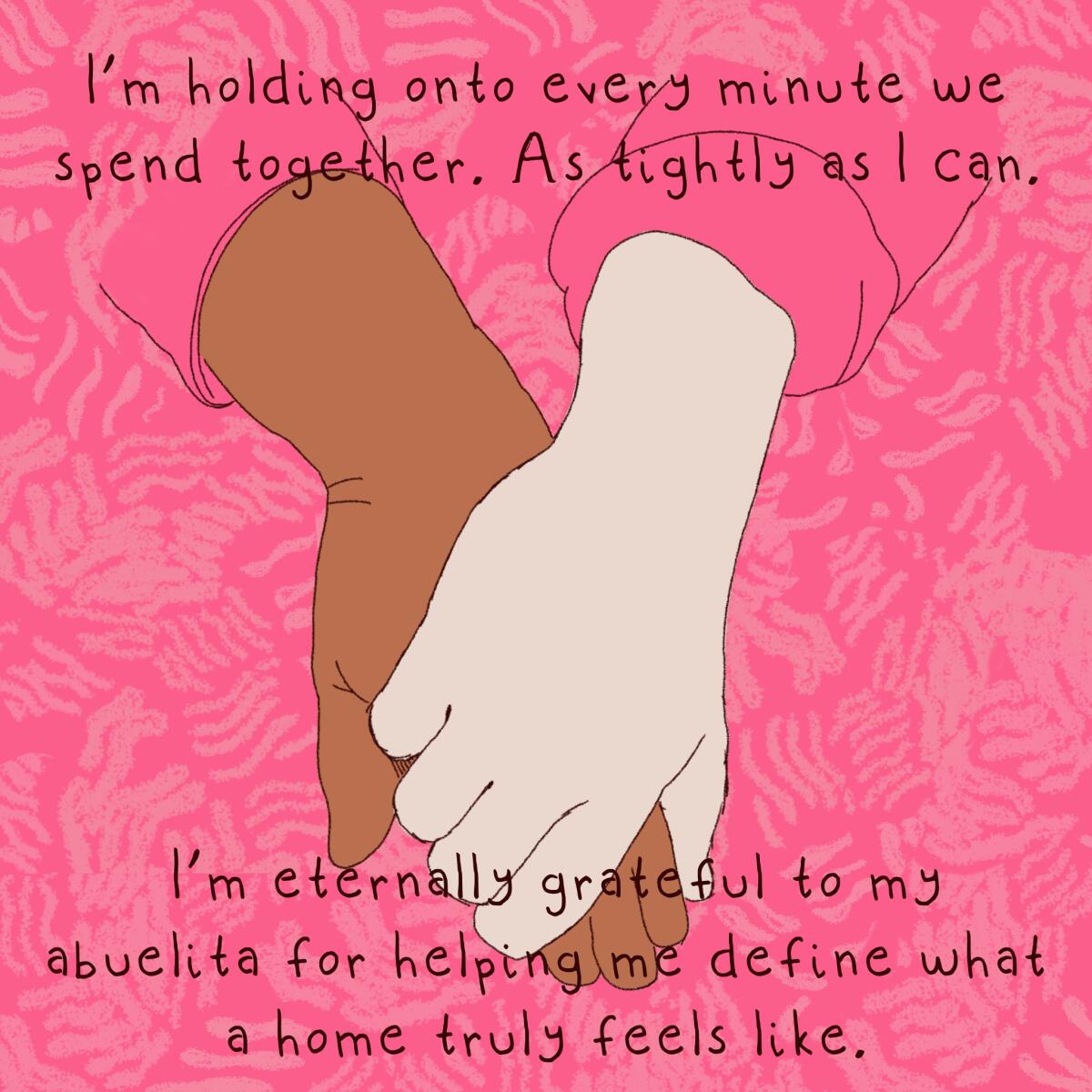
Leslie Soto is a genderqueer artist and mental health advocate for communities of color. A fervent comic creator who draws from her own anxiety, nature walks and love of color as common themes, she resides in Pomona with her family.
“My abuelita has essentially been another parent to me. She has helped me grow into the person I am today, and that’s including being an artist. I wanted to dedicate an entire comic to her and some of her (many) accomplishments. This is my first time drawing my grandmother and telling her story visually. Although I wanted to make this comic very personal to me, I also hope that touching upon themes like the challenges of geographic distance and eternal love for the matriarchs in our family resonates with everyone.”
The Latinx experience chronicled
Get the Latinx Files newsletter for stories that capture the multitudes within our communities.
You may occasionally receive promotional content from the Los Angeles Times.




